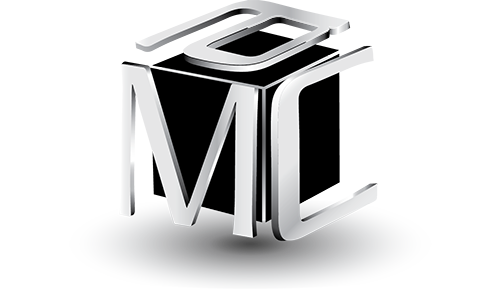Retooling Leadership Development: Driving Business Results with Intentional Development
Retooling Leadership Development:
Driving Business Results with Intentional Development
Richard Citrin and Michael Couch
It’s estimated that US companies spend over $13 billion annually on leadership development. Match that number to the abundant and growing research that finds most leadership development to be ineffective and the conclusion is a phenomenal amount of waste.
The situation does not need to be that dire. Properly designed and executed Leadership Development can make a difference. Unfortunately, many companies’ approach to developing talent has followed the same failed set of assumptions and practices. As King Wuling of the Zhao kingdom declared in 307 B.C., “A talent for following the ways of yesterday is not sufficient to improve the world of today.” It’s time for a new approach to developing leaders, an approach we refer to as Intentional Development. Intentional Development is based on the following key concepts.
Have a Planned and Targeted Impact
Adult learners need to see the value from any time and energy spent on developing a new skill – the “what’s in it for me” factor. Advances in neuroscience have highlighted the importance of threats and rewards in forming human behavior. If our internal valuation system assesses an idea or behavior as having value to us personally, then our brains give it a “thumbs up”.
Intentional development begins by clearly linking outcomes to effort, linking “Why is this important?” to “How is this accomplished?” Framing the impact in this fashion sets the stage for our brains to be prepared for and pay attention to something new.
Focus On the Critical Few Competencies
In a 2014 McKinsey research publication entitled Why Leadership Development Programs Fail, the authors concluded that, “ . . . when a company cuts through the noise to identify a small number of leadership capabilities essential for success in its business, . . . it achieves far better outcomes.” We couldn’t agree more. Intentional Development focuses on the critical few competencies, competencies directly linked to the organization’s strategy. The fewer and more important the skills, the more likely the learner will make progress.
Build It In, Don’t Bolt It On
We often begin Leadership Development discussions by asking the question, ‘What occurred in your past that makes a difference in how you lead today?”. We’ve probably asked this 100 times and the results are always the same. Leaders report that they learned meaningful skills by navigating a variety of challenging experiences (and not from a leadership workshop!). For development to be intentional, it must be built into a leaders’ day-to-day work and not something extra that is added to their already busy schedules. Most key leadership roles involve plenty of potentially brain-changing challenges. Assuring that learners focus their energy and attention during those learning opportunities is a hallmark of Intentional Development.
There’s More Than One Path to Development
In a typical development, there’s a natural tendency to focus on perceived weaknesses – we tend to have what Richard calls, in his book The Resilience Advantage, a “negativity bias”. Improving a weak skill can have its benefits. However, there can be other developmental paths that could be more beneficial or have a greater impact. For example, research at the Center for Creative Leadership found that leaders more often failed in their careers by overusing a strength rather than because they had a glaring skill deficiency. In that case, reducing the overdependence on strength would be the most effective development strategy. Intentional Development recognizes that there are a wide variety of developmental strategies available to learners.
Create a Cadence of Development
Developing a new key leadership skill requires repetition, focus and attention – what we call a cadence of development. Effective development is never a “one and done”. That’s why event-based training is a dead-end when it comes to building leadership skills. Intentional Development is just that – intentional. You have to think about the new skill and the situations in which you will apply it. And you need to focus on it regularly. We ask our learner executives to track and report their intentional development efforts at least weekly.
Create a Feedback-Rich Environment
The basic operating principle of our brains is to maximize reward and minimize danger or threats. Researchers at NYU found that both giving and receiving feedback is perceived by our brains as a threat to be avoided. (Just think of your own reaction if your boss called you into her office and said, “I have some feedback for you.”) However, the stress was reduced when subjects in the study asked for feedback. In Intentional Development, we plan for and gather feedback in a manner that increases the likelihood that the information is perceived as rewarding and beneficial. Even negative feedback can be seen as a reward if it’s collected in the context of an Intentional Development Plan that is framed with clear benefits for the learner.
Leaders often tell us that they don’t have time to develop their talent yet the research shows that the number one task for any manager is to make sure that his or her direct reports are growing and learning in their job. That effort is rewarded by greater skills, more engaged employees and hands-on-deck who get the work done.
The information we are sharing is from our upcoming book on Intentional Leadership Development. We plan to pass on more ideas in future TEQ articles.

